Adam's Heart Valve Surgery Blog – Page 68
Shelby Praises Dr. John Randolph and Dr. Ron Elkins, Oklahoma Heart Surgeons
By Adam Pick on December 18, 2008
There is ab-sooooooooo-lute-ly nothing better than opening my inbox and reading these types of emails… Thanks Shelby!
Hi Adam,
Seven years ago I was diagnosed with a bicuspid aortic valve, which was stenoic with regurgitation. I have had annual ultrasounds since then. In August of this year, I discovered that it was time for a valve job. I am a 40 year old male, in excellent condition. My doctor and I decided on a Ross Procedure. On November 13, I had my surgery with Drs. John Randolph and Dr. Ron Elkins at the Oklahoma Heart Hospital in Oklahoma City, Oklahoma.
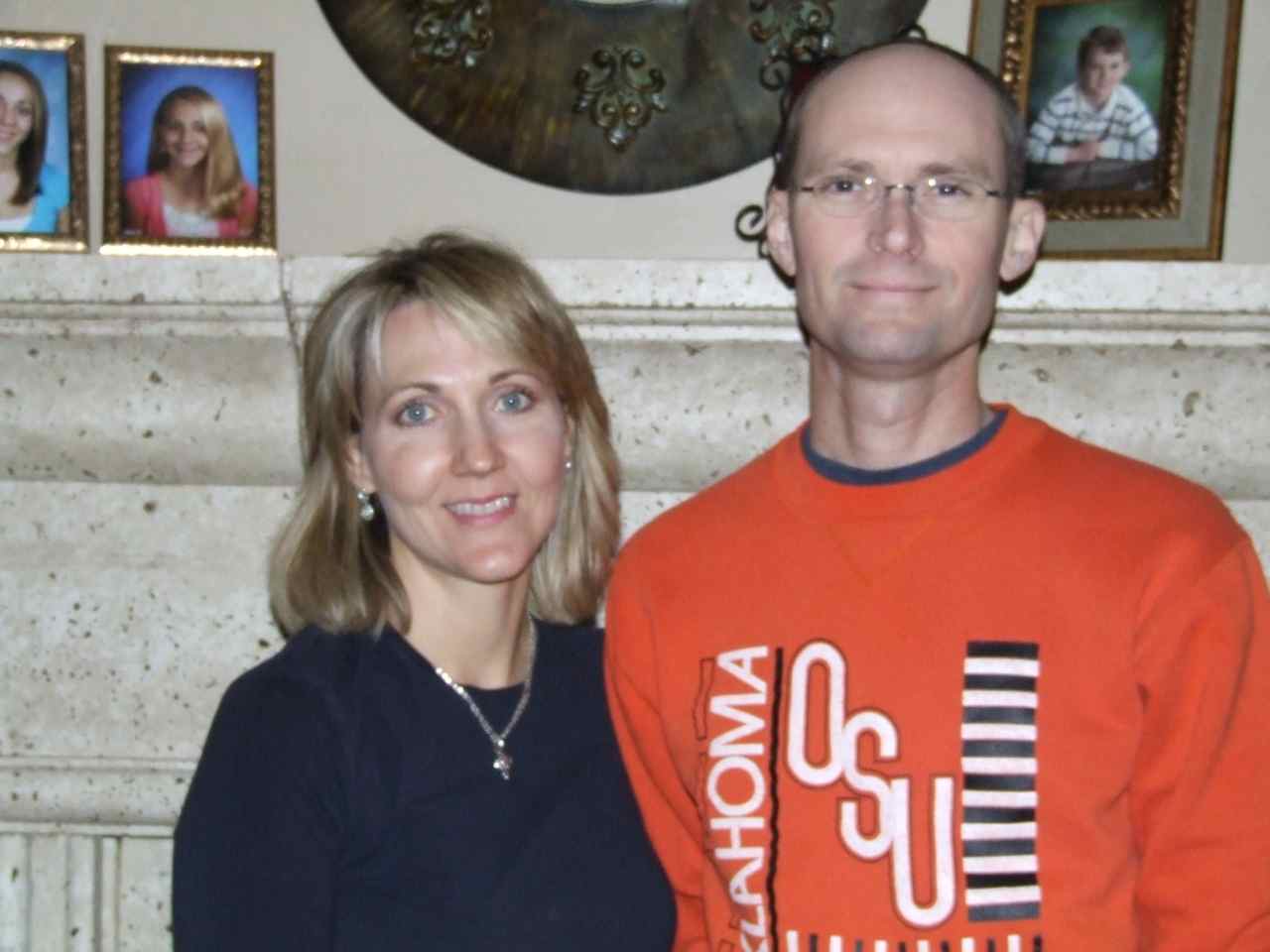
Trivia: Do Unicuspid Aortic Heart Valves Really Exist?
By Adam Pick on December 18, 2008
One of the most common, congenital heart valve disorders is a bicuspid aortic valve. Patients born with a bicuspid aortic valve have only two leaflets. Normal aortic valves have three leaflets. Ultimately, this can significantly compromise blood flow through the heart and body as the valve tissue degenerates (stenosis, regurgitation).
Earlier today, I received an email from Nikki. I perked up in my chair as I read her email about a unicuspid aortic heart valve.
Nikki writes to me, “Hi Adam – I am trying to find out more about my 2-year old heart’s condition when I came across your site. He has been diagnosed to have a unicuspid aortic heart valve. At what age will this start to effect him? Do you have any additional info on this? Greetings from Cape Town, South Africa! Nikki (Mom)”
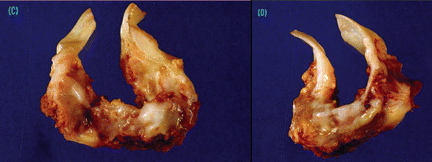
“Will I Be Glued Or Stapled After Heart Valve Surgery?” Asks Jill
Written By: Adam Pick, Patient Advocate, Author & Website Founder
Page Last Updated: May 12, 2025
I just received a great email from Jill. She writes, “Hi Adam – After several years of waiting and waiting, I’m finally going in for valve replacement due to severe regurgitation. Quick Question: Will I be glued or stapled after the sternum is wired? I’ve heard it can go either way. Any thoughts?”
Jill’s question just brought back a very interesting memory for me… I was in the intensive care unit after my aortic valve replacement surgery. The obstructive vent tube had just been removed from my throat. I was woozy (from the anesthesia) but conscious. My eyes sluggishly opened for the first time in six hours. I remember seeing my dad and my wife. Then, I looked down at my chest and thought, “Huh? Is something wrong? I don’t see any stitches on my scar.”
Shortly thereafter, I learned that my surgeon used a special type of glue to seal the incision after my median sternotomy. As you can see below, there are no stitches or staples on my main, 8-inch incision.

However, you should know, this is not always the case. Many surgeons still use staples.
Mayor David Dinkins Had Heart Valve Replacement Surgery in 2008
By Adam Pick on December 16, 2008
Former New York Mayor David Dinkins joined the growing list of public figures requiring heart valve replacement surgery. According to reports, Mayor Dinkins is recovering in a Manhattan hospital following valve replacement surgery.
David Dinkins, New York’s first African-American mayor, is a cardiac patient at New York Presbyterian Weill-Cornell Medical Center.
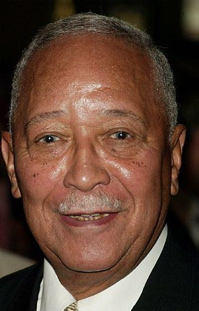
Baby Pick Update: Our Boy In The Womb
By Adam Pick on December 16, 2008
Last week, Robyn (my pregnant wife) and I experienced something incredible…
A 4D ultrasound of our developing baby boy.
At times, I laughed. At times, I was close to tears.
It was amazing to see our little boy in the womb. He was soooo cute. Here you can see his face. One hand is under his chin and the other hand is holding his ear.

We could be wrong but we think Baby Pick might have Robyn’s nose and my lips. Yes, I know it’s a early (23 weeks) to be assigning traits to the little boy, but we’re just so excited to officially meet him in April.
Again, thank you for all of your wonderful emails and phone calls regarding our first pregnancy.
Keep on tickin!
Adam
Ken Suggests Echocardiogram Alternatives For Valve Disease Diagnosis
By Adam Pick on December 10, 2008
As you may know, many patients and caregivers stress the importance of getting a second opinion prior to surgery. Without a doubt, second opinions are a critical step for validating or challenging a primary diagnosis of valvular diseases including mitral regurgitation and aortic stenosis.
Today, I received an email from Ken that stressed a very interesting element of his own, second opinion. As you can read below, Ken’s surgeon performed some additional tests which led Ken to question whether-or-not echocardiograms are the most effective test for detecting valvular disease. Here is what Ken writes:
Dear Adam,
I almost was going under the knife for aortic valve replacement (AVR) until my doctor friend found an inconsistency in the cardiologist’s report. The surgeon then requested a CAT Angiogram.
Apparently, for athletic patients, echocardiogram readings are not that great. Needless to say, the CAT showed a SIGNIFICANT DIFFERENCE in my aortic root dilation.
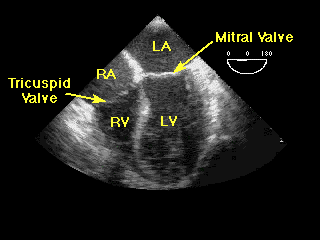
According to this new test… SURGERY IS NOT NEEDED AT THIS TIME!!! Please suggest to your readers that a CAT or MRI might offer additional information for proper diagnosis.
At times, as in my case, echocardiograms may not be the most reliable test for valve disease diagnosis.
Thanks for your ear, your blog and your heart valve surgery book!
Ken
Wanna See My High-Tech Distribution Center?
By Adam Pick on December 8, 2008
Earlier today, I received an email from Geraldine that reads, “Adam – I can’t believe it. Your book has already arrived. I ordered it just yesterday. Thanks so much for the quick delivery. I can’t wait to read it as my aortic valve will be replaced next Tuesday. By the way, who handles the distribution of your book?”
First off, my thoughts and prayers are with Geraldine. After learning who her surgeon was, I know she is going to do just great with a new mechanical aortic valve.
Second, I had to smile and chuckle after reading Geraldine’s question, “Who handles your distribution?”
Why? Well… If you knew how my book was packaged and distributed, you might laugh too. Here’s how distribution is handled:
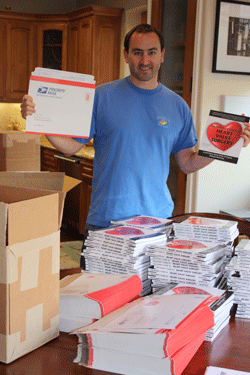
Nurse Julie Asks About Aortic Valve Surgery, Symptoms And Female Scars For Her Daughter
Written By: Adam Pick, Patient Advocate, Author & Website Founder
Page Last Updated: June 7, 2025
Something wonderful comes over me when I receive a thoughtful email from a loving caregiver. Since I am an aortic and pulmonary valve replacement patient, I can directly relate to the fear, uncertainty and doubt that caregivers encounter as they collect information on behalf of their family and friends.
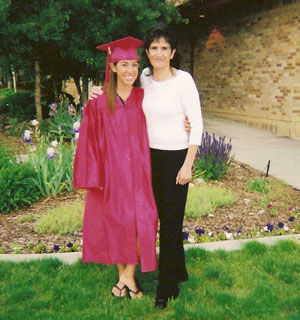
So you know… Sometimes I can email back-and-forth up to 30 times with nervous caregivers as their loved ones prepare and recover from heart valve repair and/or heat valve replacement. That said, I thought you might like to read a recent email exchange between Julie and myself. Julie’s daughter has an aortic aneurysm and a leaky aortic valve. Here is what she writes:
Does Mitral Valve Prolapse Impact Men And Women Differently?
By Adam Pick on December 4, 2008
I was just reading the Annals of Internal Medicine when I came across an interesting article about mitral valve prolapse and its impact upon men and women. The summary (below) is from a report titled “Sex Differences in Morphology and Outcomes of Mitral Valve Prolapse”.

Here are the key findings from the report:
“Will My Husband’s Heart Valve Click?” Asks Jodi
Written By: Adam Pick, Patient Advocate, Author & Website Founder
Page Last Updated: June 6, 2025
Selecting a mechanical or bioprosthetic heart valve replacement prior to surgery is not easy. There are pros and cons to both types of valve replacement devices. On that note, Jodi just emailed me about one side effect of aortic mechanical valve replacements… The clicking noise.
Jodi writes, “Hi Adam! My husband has aortic valve insufficiency and will need the valve replaced in the near future. We have been seeing his cardiologist every 6 months for 3 years. The cardiologist has recommended that my husband, who is 48 years old, get a mechanical aortic valve. On Friday, when we were in the doctor’s office, we heard for the first time that you can hear the “click” noise of the valve. He has never mentioned that to us before and we are not too excited about that. Can you hear really hear the valve click inside the heart? Does your valve click? –Thanks, Jodi”
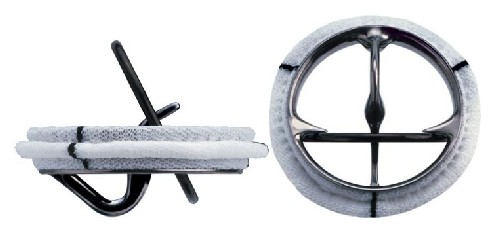
Brian Drives Past Cardiac Depression And Heart Palpitations
By Adam Pick on November 28, 2008
There is nothing better than receiving inspirational, patient success stories from my readers.
This morning I opened an email from Brian. As you may recall, Brian experienced cardiac depression following his aortic valve repair earlier this year. As Brian previously wrote to me, “In my opinion, recovery from heart surgery is way worse than the operation.”
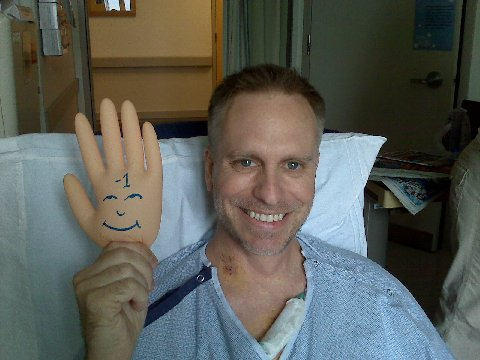
Well… It is now several months later and Brian has a very different perspective to share. Here is Brian’s update:
True or False: The Cleveland Clinic Performs Over 10,000 Heart Valve Procedures Each Year For Mitral Regurgitation
By Adam Pick on November 28, 2008
Well… What do you think?
Is it true that over 10,000 heart valve procedures are performed each year at The Cleveland Clinic for disorders including mitral valve regurgitation?

According to its website, The Cleveland Clinic continues to perform the largest number of valve procedures in the United States. In 2006, Cleveland Clinic surgeons performed 2,127 valve procedures — 1,524 primary operations and 603 reoperations.
That said, the answer to this question is false. Sorry if you missed it… I’ll be posting another True/False question shortly.
Keep on tickin!
Adam
Happy Thanksgiving! (Plus, Fun Turkey Cartoons)
By Adam Pick on November 26, 2008
There is no doubt in my mind… Thanksgiving is my favorite holiday.
Yes, I love the food. Yes, I love the four-day weekend. Yes, I love being surrounded by family and friends. However, it is the spirit of this holiday that resonates most with me.
I consider myself a very, very, very lucky person after my heart valve surgery. That said, Robyn (my wife) and I have A LOT to be thankful for. To stop and take an entire day to celebrate that thankfulness is beyond appropriate… It is necessary.

On Thursday, when my family sits down to eat, we will go around the dinner table and share what we are thankful for. Of the many things I will offer thanks for is… YOU!
“What Is A Normal Ejection Fraction Value?” Asks Simone
Written By: Adam Pick, Patient Advocate, Author & Website Founder
Page Last Updated: May 17, 2025
I just received a question from Simone about her 66-year old father. Her email reads, “Hi Adam – My father was just diagnosed with severe mitral regurgitation. This is a very stressful time. His cardiologist rattled off a bunch of terms and numbers which suggested valve replacement. One of those terms was ejection fraction (I think). What does that mean? Are there normal ejection fraction values? Is there a normal ejection fraction range? Thanks, Simone”
This is a great question. So you know, I didn’t fully understand the ejection fraction values until I was in cardiac rehabilitation. When I reviewed my post-op echocardiogram with Debbie, the head nurse at cardiac rehab, she explained it to me.
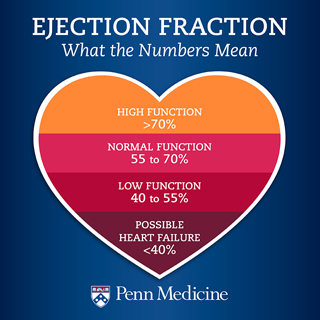
Dr. Jack Copeland Gets Angelic Praise From Gwendolyn After AVR
By Adam Pick on November 21, 2008
It’s interesting.
The more I talk to patients and caregivers… The more I realize they either love their heart surgeon or they don’t. There is very little gray area. I have yet to meet a patient who says, “Ehh… My surgeon was, well, umm, okay.”
Yes… I am taking this opportunity to remind everyone how critical your surgeon research and due diligence is. Remember, I want you to feel incredibly confident when you are rolled into the operating room. On that note, here is a glowing caregiver review of Dr. Jack Copeland. To learn more about Dr. Copeland, click here.)

Robyn’s Pregancy Update: New Pictures Of Baby Pick
By Adam Pick on November 21, 2008
Hi everybody,
Thanks for all your wonderful notes, emails and phone calls regarding our recently announced pregnancy.
Earlier this week, Robyn (my wife) and I had another ultrasound. The two of us “Ewwwed” and “Ahhhhed” as the technician showed us our little, growing baby boy. We saw his hands, his feet, his legs, his heart, his head and, of course, his little pee-pee. Here is a picture of his profile (we think he’s sucking his thumb) and his right foot.
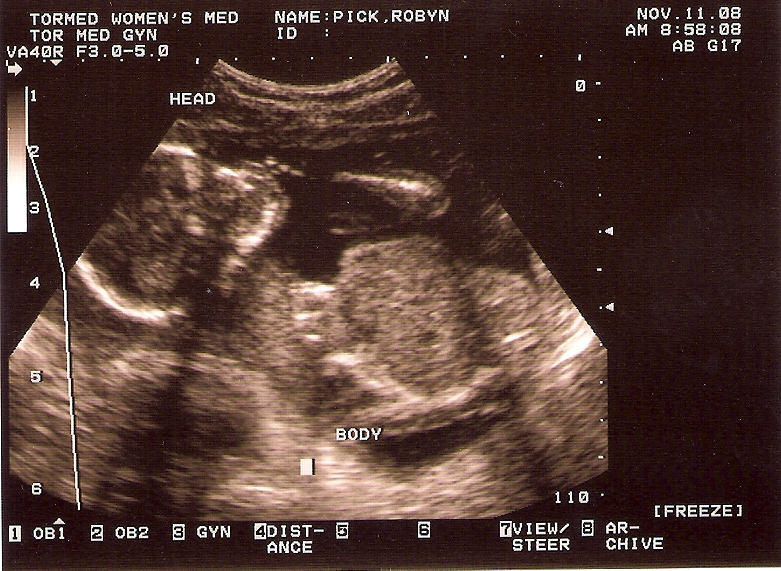
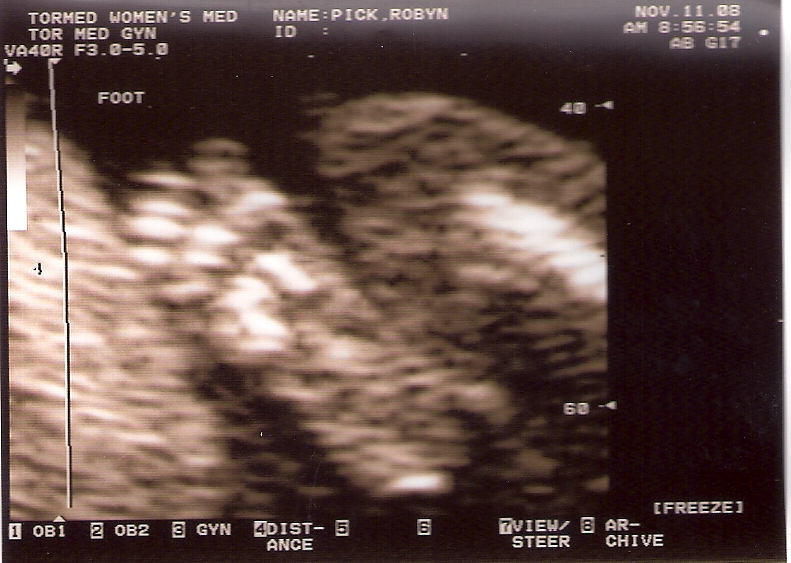
Our OBGYN said Baby Pick and Robyn are doing really well. We recently did some more tests. Everything continues to suggest that our baby is going to be very healthy. 🙂
As you would imagine… We are deep in the naming process. So far, we like the names Ethan, Myles and Charlie. Any thoughts on those? If so, click here to leave a comment.
Keep on tickin!
Adam
Julie’s Blood Bank Concerns, Remorse And Advice
Written By: Adam Pick, Patient Advocate, Author & Website Founder
Page Last Updated: July 15, 2025
I recently received an email from Julie that contains several concerns specific to blood banks and heart valve surgery. If you are a patient or caregiver preparing for heart surgery, I encourage you to continue reading this post.
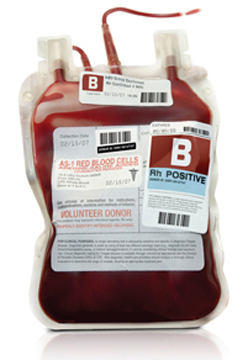
Julie writes to to me:
“Adam – Jon, my husband, had mitral valve replacement surgery on October 31st. Leading up to his surgery, Jon did not donate his own blood to the hospital blood bank. Guess what? Jon DID need blood. But, it was AFTER the surgery. His hemoglobin went way down. I was so upset that the doctors failed to give Jon the option of donating his own blood. Adam, please advise everybody to do this. I feel I made a big mistake as his wife….not thinking about doing that!”
Are Elderly Heart Surgery Success Rates Continuing To Improve?
By Adam Pick on November 12, 2008
I was just reading the New York Times when I came across a very positive story about elderly heart surgery patients.
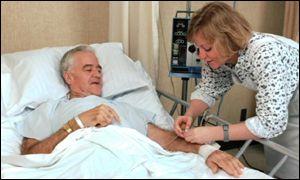
According to a new report, “Eighty-year-olds with clogged arteries or leaky heart valves used to be sent home with a pat on the arm from their doctors and pills to try to ease their symptoms. Now more are getting open-heart surgery, with remarkable survival rates rivaling those of much younger people, two new studies show.”
To read the entire story, please click this link “Elderly Survival Rates Improve After Heart Surgery”.
And, if you would like to read additional information about elderly heart surgery patients, please click on the following links:
- At 83, John De Falco Is Bored With Valve Replacement Recovery
- Is Heart Surgery Advisable For Elderly Patients?
- Critical Aortic Stenosis For Elderly Patients
I hope this information helps you better understand heart surgery for elderly patients
Keep on tickin!
Adam
True or False: Heart Failure Doubled During Past 25 Years
By Adam Pick on November 11, 2008
It’s time for another “True or False” quiz… That said, is the following statement true or false?
The American Heart Association just reported that twice as many Americans are hospitalized with heart failure today compared to 25 years ago.

According to the AHA, the statement above is TRUE. Twice as many Americans are hospitalized due to heart failure as a result of the aging population and success in keeping people alive after heart attacks.
- The study found 807,082 people aged 65 and older were hospitalized in heart failure during 2006. This represents a 131% increase from 348,866 people in 1980.
- The study also found the risk for heart failure among women is growing faster than in men, though men are still more likely to wind up in the hospital each year. The risk also increased with age, as patients aged 75 to 85 were twice as likely to wind up in the hospital as younger people.
Needless to say, we are living in an epidemic of heart disease. Please continually monitor your heart to prevent against any unforeseen and unwanted trips to the hospital.
Keep on tickin!
Adam
Mike’s Testimonial For Getting Second Opinions BEFORE Heart Surgery
Written By: Adam Pick, Patient Advocate, Author & Website Founder
Published: May 14, 2025
Yes, I’m going to keep stressing this point for all the future patients and caregivers reading this blog…
Please get a second opinion! Today, according to a patient survey, 35% of patients fail to do so.
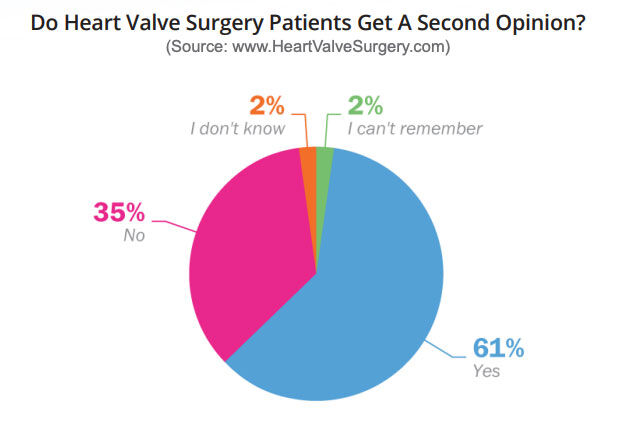
Here is a great patient story that illustrates the value of second opinions:
Dear Adam,
My name is Mike. I am 47 years old and in 2003 was diagnosed with mitral valve prolapse. I was experiencing some bothersome leaky heart valve symptoms such as palpitations, insomnia, shortness of breath, and slight numbness in my extremities. The symptoms have been pretty well controlled with medication, although I do have my “off” days. I continue to bike ride and run on my treadmill regularly.
My main reason for writing is to stress the fact (as you have too) for obtaining a second opinion. I have annual echocardiograms and stress tests to monitor my valve.







